
A recent review by Jhonatan Contreras and Thomas Bocklitz from Friedrich Schiller University Jena and the Leibniz Institute of Photonic Technology delves into the emerging field of explainable artificial intelligence (XAI) in spectroscopy.

A recent review by Jhonatan Contreras and Thomas Bocklitz from Friedrich Schiller University Jena and the Leibniz Institute of Photonic Technology delves into the emerging field of explainable artificial intelligence (XAI) in spectroscopy.
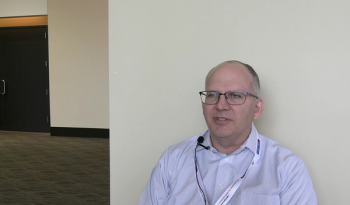
At SciX, Zac Schultz of The Ohio State University sat down with Spectroscopy to discuss his work characterizing molecular interactions with localization microscopy techniques, as well as give his thoughts about how spectrally resolved surface-enhanced Raman spectroscopy (SERS) imaging will impact in vitro cell imaging and other application areas.

In this interview segment, Prashant Jain of the University of Illinois Urbana-Champaign discusses the unique reaction pathways observed in light-driven chemistry on nanoparticles, particularly in CO2 reduction, and the insights gained into the quantum mechanical mechanisms of these reactions.

Astronomers have captured the first detailed optical spectrum of 3I/ATLAS, the third known interstellar object to visit our Solar System. Using the VLT’s MUSE instrument, the team finds a red, dust-dominated coma with no detectable gas emissions, offering a rare glimpse into the composition of alien comets.
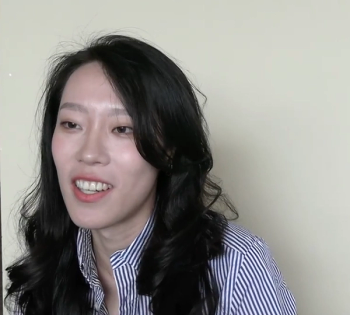
In this interview segment, Yingchan Guo previews her talk on Thursday and highlights some of the research projects that are ongoing in the Prentice Research Group at the University of Florida.

In this interview segment, Steven Bell, a professor of physical chemistry at Queen's University Belfast, provides an overview of his talk, and he also outlines what attendees can look forward to at this technical session, highlighting the list of speakers and their research interests.
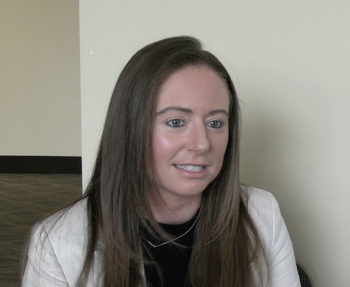
In this video clip, Fay Nicolson, who is a Research Fellow at the Dana-Farber Cancer Institute and Harvard Medical School, highlights an oral session she is chairing tomorrow that will feature talks about the use of spectroscopy in disease management.

In this interview clip, Yingchan Guo of the University of Florida previews her talk on Tuesday and gives her reaction of the conference thus far.
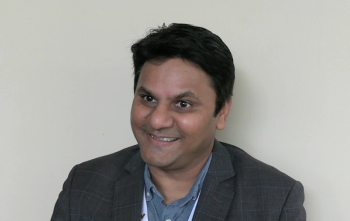
In this interview segment, Prashant K. Jain, a G. L. Clark Professor of Physical Chemistry at the University of Illinois Urbana-Champaign (UIUC), recaps his award plenary talk that he delivered at the SciX Conference this year.
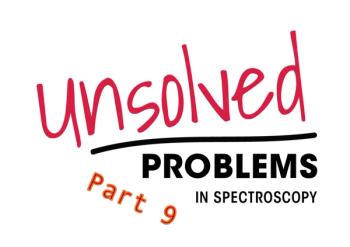
This tutorial examines the development of universal spectral libraries, reviewing standardization efforts, mathematical frameworks, and practical examples across multiple spectroscopies, while emphasizing metadata harmonization, FAIR principles, and the emerging role of AI in building interoperable, machine-readable repositories. This remains an unsolved problem in spectroscopy.

Top articles published this week include a news article about monitoring arsenic in natural waters, an inside look at spectroscopic observations of interstellar objects, and an interview that highlights changes made to USP Chapters 41 and 1251.
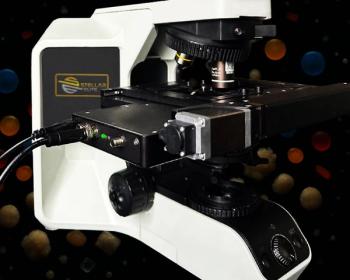
The StellarScope AM/PA Raman Particle Analyzer, launched by StellarNet Inc., is an advanced analytical platform that merges automated mapping with particle analysis.

New observations of interstellar comet 3I/ATLAS, the third known interstellar object ever to visit our solar system, reveal unexpected activity and composition, challenging many previous assumptions about interstellar objects.


Recently, a team of researchers conducted a study that simulated exoplanetary conditions.

Newly captured spectroscopic data of the third-ever known interstellar object, 3I/ATLAS, reveals a red, organic-rich surface and an enigmatic early dust coma, providing unprecedented insight into materials from beyond our solar system.

Researchers utilize Raman spectroscopy to uncover the lost colors of prehistoric mollusk shells, revealing their cultural significance and aesthetic choices.

A recent study explored a novel approach to analyze ancient food and wine residues using FT-IR spectroscopy.

Recently, a team of researchers from Chongqing University (China) developed a new Raman spectroscopy technique that could significantly improve natural gas monitoring and leak detection systems.


Astronomers have conducted detailed spectrophotometric observations of the mysterious interstellar comet 3I/ATLAS using the Palomar 200-inch and Apache Point telescopes. The findings reveal unexpected activity and unique spectral features, enhancing our understanding of this cosmic visitor.

As part of our coverage of Analytica USA, Spectroscopy sat down with Ian Ciesniewski, technical director at Mettler Toledo, to discuss the latest changes made to the United States Pharmacopeia (USP) Chapters 41 and 1251. In this interview segment, Ciesniewski discusses how the recent changes to these two chapters will impact organizations.


The interstellar object 3I/ATLAS, discovered in July, has captivated astronomers with its unusual characteristics. While some scientists attribute its behaviors to natural cometary processes, others propose more speculative theories, including the possibility of it being an artificial probe. This article examines both mainstream and speculative interpretations of 3I/ATLAS's anomalous features. Other news articles this week will look specifically at the spectroscopic results of telescopes recently analyzing this mysterious object.

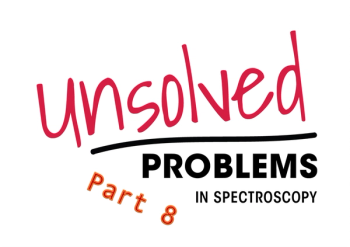
This tutorial explores the challenges posed by nonlinearities in spectroscopic calibration models, including physical origins, detection strategies, and correction approaches. Linear regression methods such as partial least squares (PLS) dominate chemometrics, but real-world data often violate linear assumptions due to Beer–Lambert law deviations, scattering, and instrumental artifacts. We examine extensions beyond linearity, including polynomial regression, kernel partial least squares (K-PLS), Gaussian process regression (GPR), and artificial neural networks (ANNs). Equations are provided in full matrix notation for clarity. Practical applications across near-infrared (NIR), mid-infrared (MIR), Raman, and atomic spectroscopies are discussed, and future research directions are outlined with emphasis on hybrid models that integrate physical and statistical knowledge.

A recent study examined how portable instrumentation could be applied in the detection of diabetes.
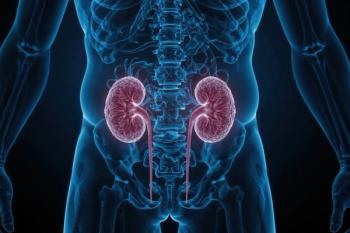
Recently, a team of researchers from Portugal examined a new method that could improve accessibility to kidney disease diagnostics.

Despite decades of major monetary investment for applied research in multiple spectroscopic sensing technologies, achieving an accurate, portable, and painless noninvasive glucose monitor remains a major unmet goal in diabetes care. This goal is extremely difficult due to persistent challenges with sensitivity, analyte specificity, accuracy, calibration stability, and biological interference.
